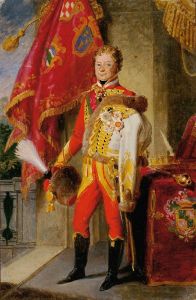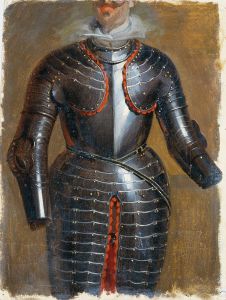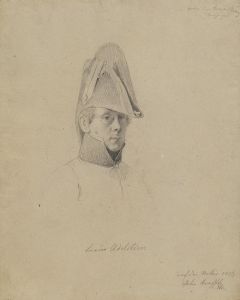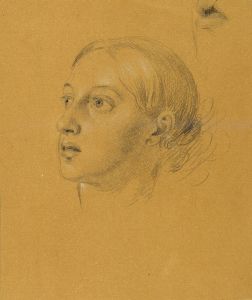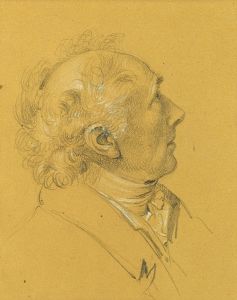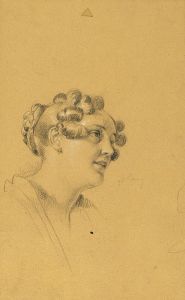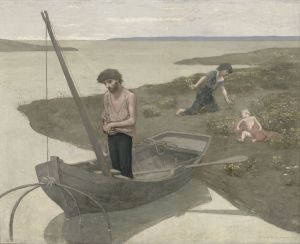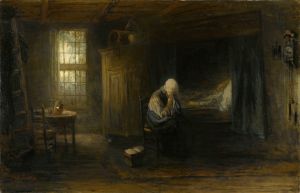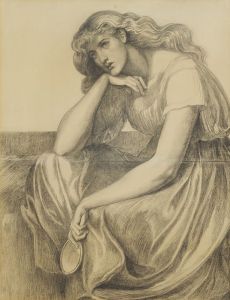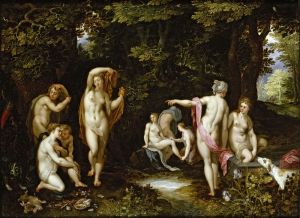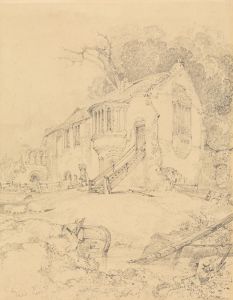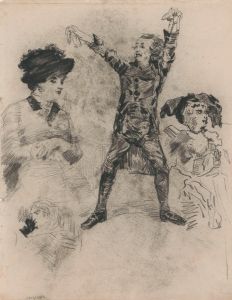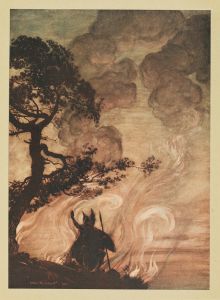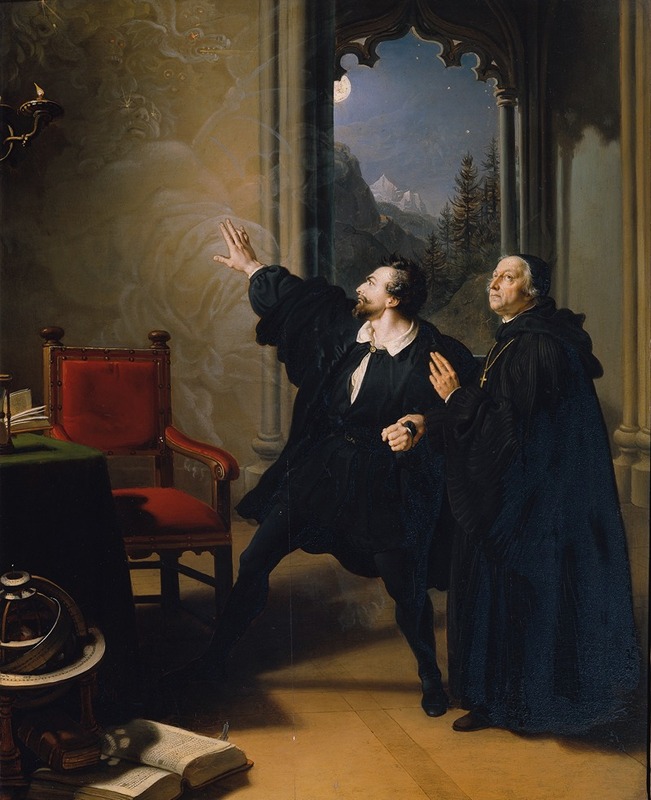
Manfreds Sterbestunde
A hand-painted replica of Johann Peter Krafft’s masterpiece Manfreds Sterbestunde, meticulously crafted by professional artists to capture the true essence of the original. Each piece is created with museum-quality canvas and rare mineral pigments, carefully painted by experienced artists with delicate brushstrokes and rich, layered colors to perfectly recreate the texture of the original artwork. Unlike machine-printed reproductions, this hand-painted version brings the painting to life, infused with the artist’s emotions and skill in every stroke. Whether for personal collection or home decoration, it instantly elevates the artistic atmosphere of any space.
Johann Peter Krafft's painting Manfreds Sterbestunde (translated as Manfred's Hour of Death) is an artwork inspired by the dramatic poem Manfred written by Lord Byron in 1817. Krafft, an Austrian painter known for his historical and genre scenes, created this work as part of the 19th-century Romantic movement, which often drew upon literary sources and explored themes of emotion, nature, and the sublime.
The painting depicts the climactic moment from Byron's Manfred, where the titular character, a tormented nobleman, confronts his own mortality. In the poem, Manfred is a deeply introspective figure who struggles with guilt, existential despair, and his defiance of supernatural forces. Krafft's interpretation captures the emotional intensity of this scene, emphasizing the Romantic ideals of individualism and the confrontation between humanity and the metaphysical.
While the exact date of the painting's creation is not widely documented, it is known that Krafft was active during the early to mid-19th century, a period when Byron's works were highly influential across Europe. Krafft's ability to translate literary themes into visual art reflects the broader cultural exchange between literature and painting during this era.
The composition of Manfreds Sterbestunde likely incorporates dramatic contrasts of light and shadow, a hallmark of Romantic art, to heighten the emotional impact of the scene. The setting, as described in Byron's poem, is the Alps, which serve as a symbol of both natural grandeur and isolation. Krafft's attention to detail and his skill in portraying human emotion would have been central to his rendering of this poignant moment.
Johann Peter Krafft (1780–1856) was a prominent figure in Austrian art, serving as the director of the Imperial Gallery in Vienna later in his career. His works often reflected a blend of historical accuracy and Romantic sensibility, making him a significant contributor to the artistic landscape of his time.
Due to limited available information, specific details about the current location of Manfreds Sterbestunde or its provenance remain unclear. However, the painting stands as an example of Krafft's engagement with literary themes and his ability to convey the emotional depth characteristic of Romanticism.





